
Home » Our Services » Breast Lift (Mastopexy)

During pregnancy, female hormones like estrogen and progesterone surge, causing breast enlargement. After childbirth, hormone levels drop rapidly, leading to sagging and shape changes. Many mothers choose Breast Lift (Mastopexy) to restore firmness and contour.
Milk glands expand during pregnancy but shrink after weaning, resulting in smaller, flatter, and sagging breasts. Augmentation Mastopexy can correct sagging and restore volume for a fuller look.
Rapid fat loss can reduce breast volume, causing flattening or sagging. After reaching weight goals, Augmentation Mastopexy can be planned to restore shape and firmness.


Aging or menopause reduces skin elasticity and chest muscle tone. Other factors like pregnancy, weight fluctuations, smoking, and UV exposure contribute to sagging. Breast Lift (Mastopexy) can effectively address these changes.
Very large breasts may sag due to gravity, causing neck, shoulder, and back pain, or skin issues under the breast fold. Reduction Mammaplasty with lifting can resolve these concerns.

Breast Lift (Mastopexy) is a surgical procedure that removes excess skin and repositions the nipple to restore firmness and contour. It is not to be confused with brow lift techniques (Direct Brow Lift or Endoscopic Brow Lift), which are unrelated.

Operation Time

Anesthesia

Recovery Period

Stitch Removal

Result Duration
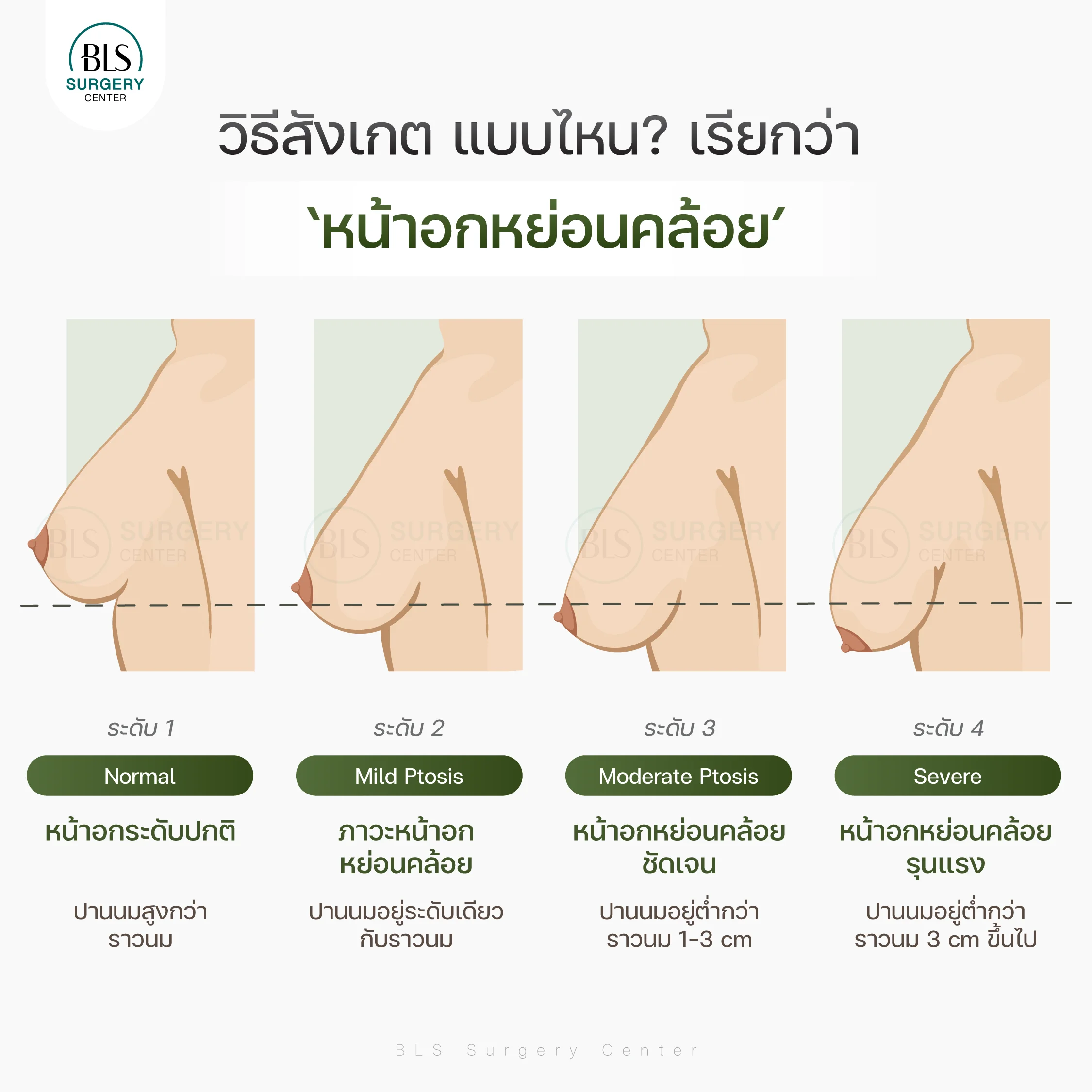



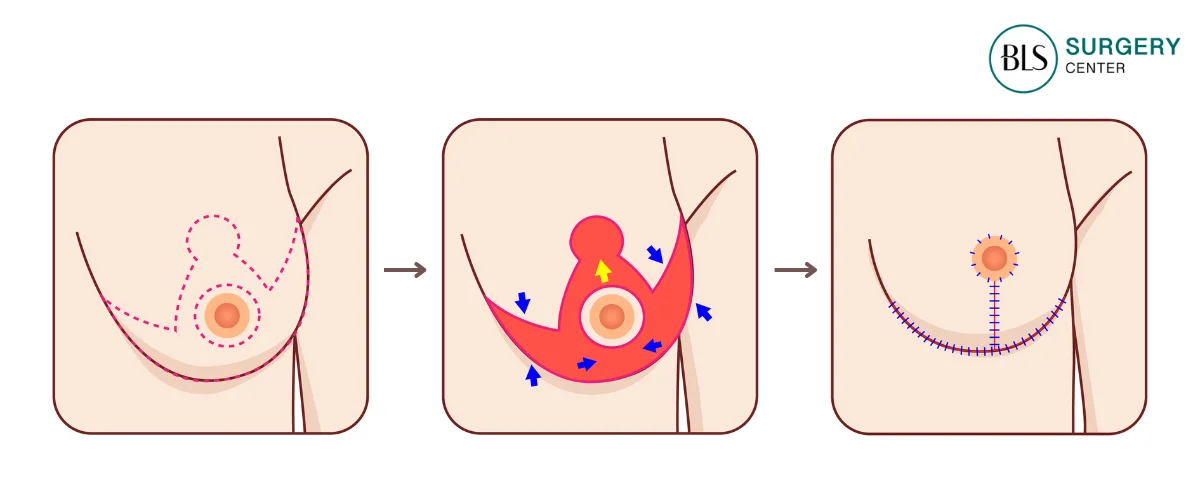



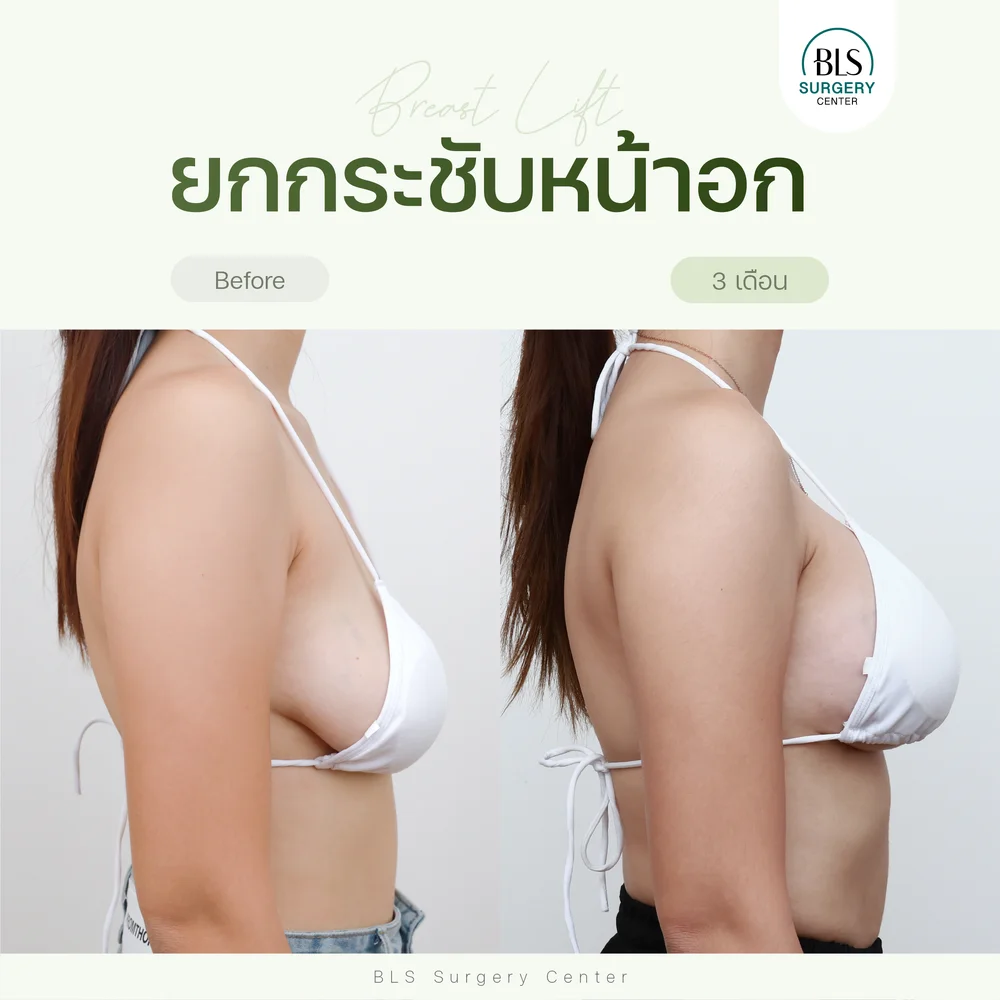

Patients meet with the surgeon to understand the procedure, discuss expectations, assess health readiness, and co-design the desired outcome. Implant size and shape may be discussed if augmentation is included.
All major surgeries at BLS use 1:1 anesthesia care. The anesthesiologist monitors vital signs and stays with the patient throughout surgery and recovery.
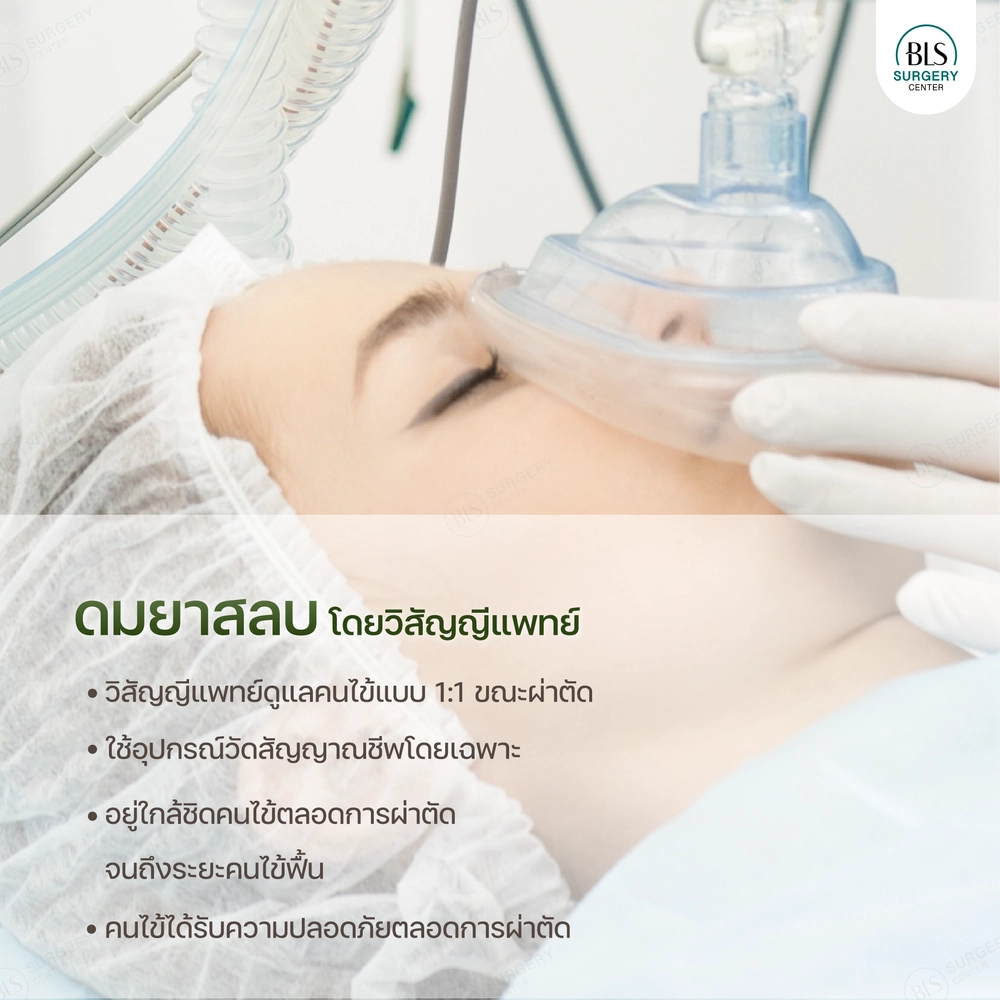
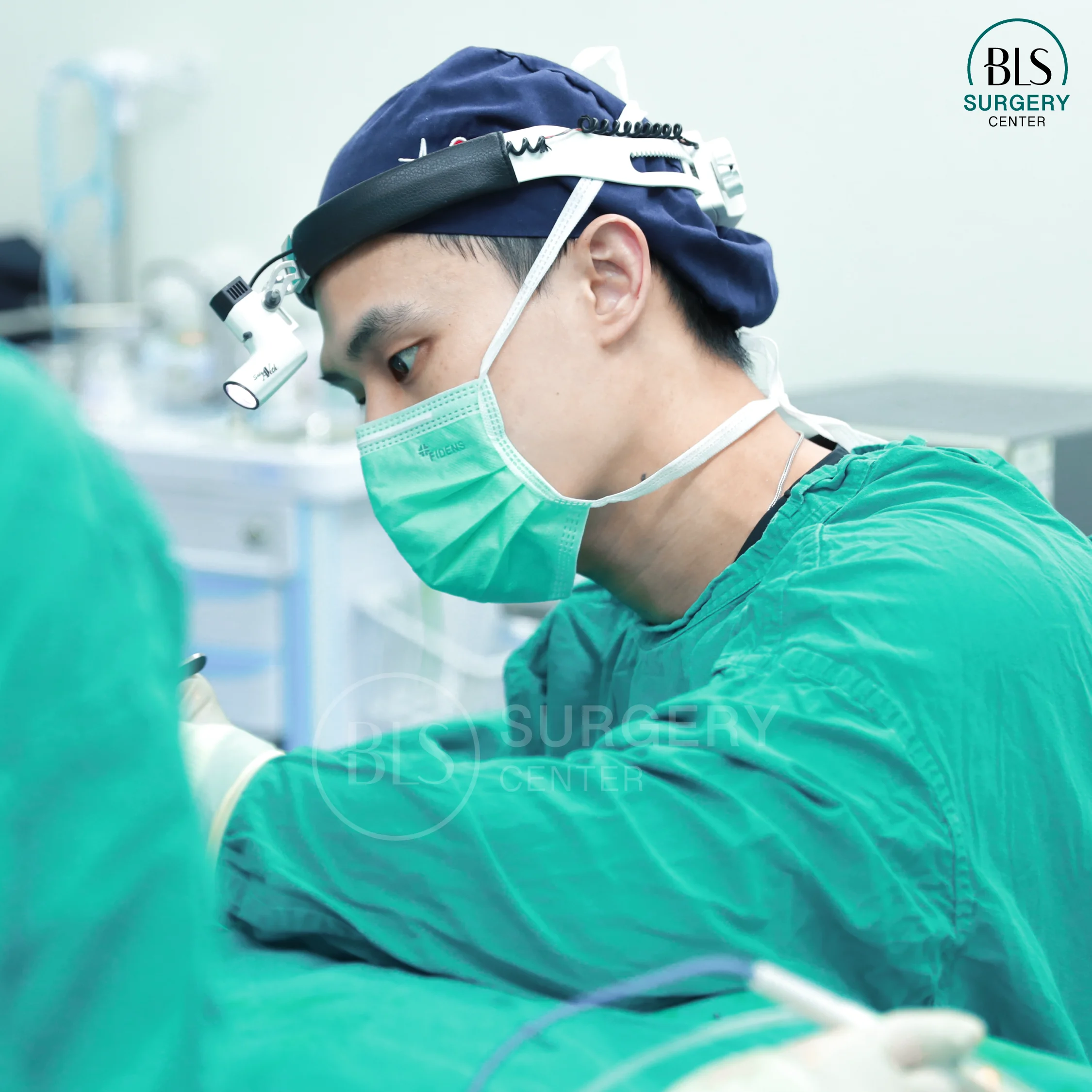
All breast surgeries at BLS are performed by Dr. Suphakorn Tangchirakhaphan (Dr. Earth), a board-certified plastic surgeon with expertise in breast aesthetics and anatomy. His techniques ensure natural results, minimal scarring, and long-lasting beauty.
Dr. Earth personally monitors healing and results for every case. Patients are advised to attend all follow-up appointments for optimal outcomes and personalized guidance.

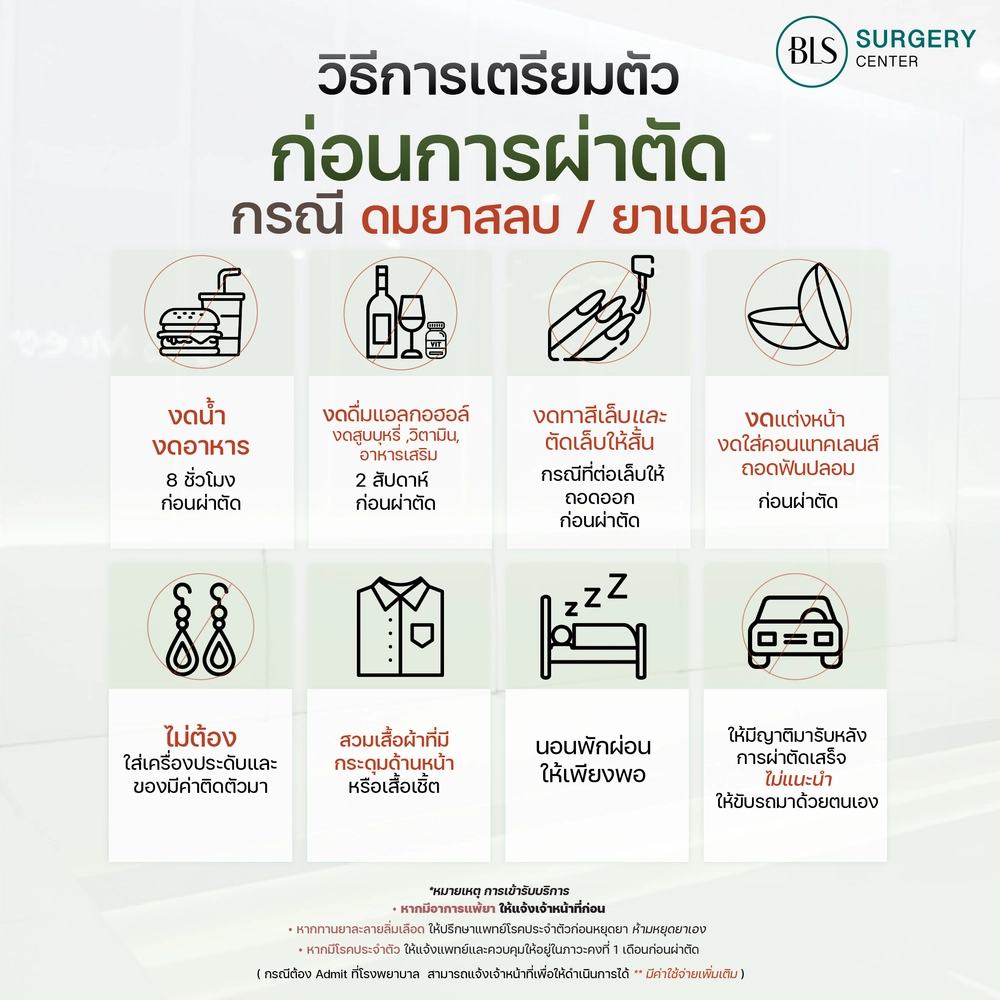
(*Hospital admission available upon request; additional charges apply)

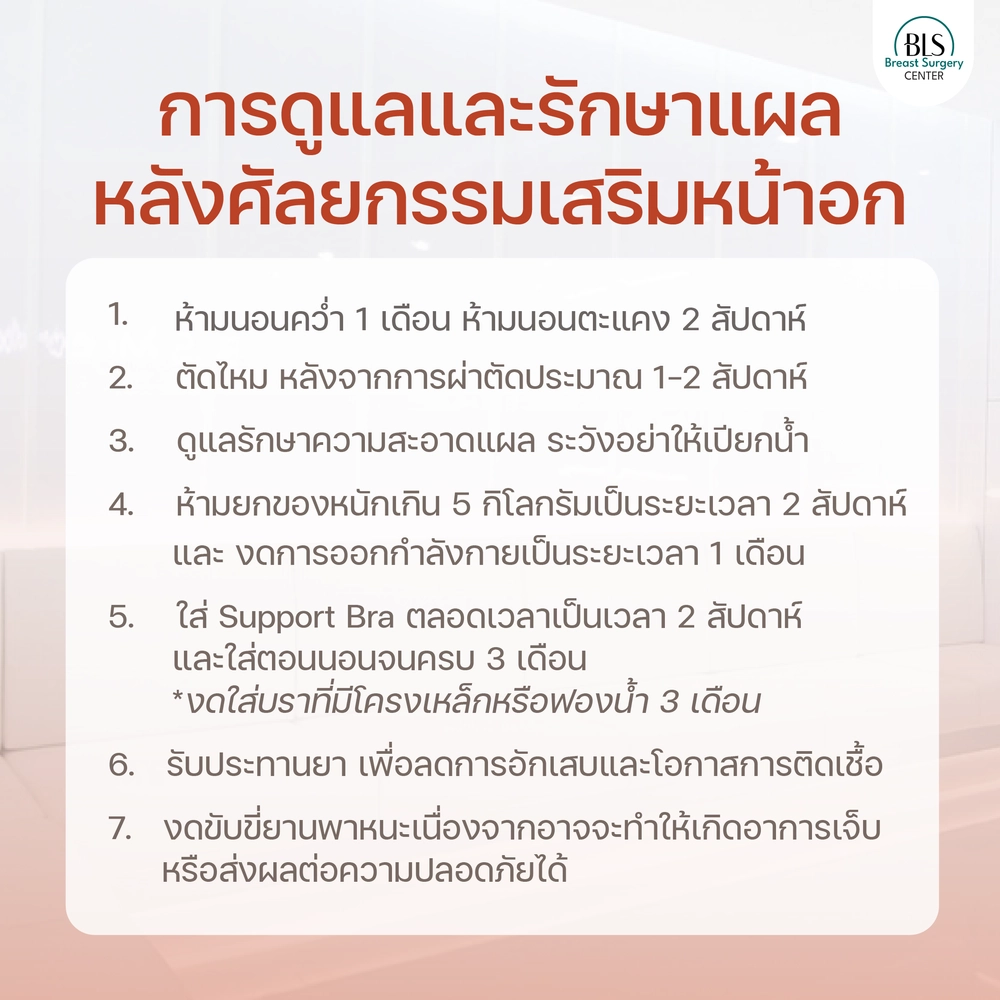

You may verify the credentials and specialty certification of your chosen physician at:https://www.tmc.or.th/

A: Breasts that require lifting (Mastopexy) are typically sagging due to pregnancy and breastfeeding, rapid weight loss, age-related laxity, or large breast size requiring reduction. Sagging severity can be assessed by nipple position:
All cases can be corrected with Mastopexy to restore firmness and proportion. Consult a surgeon for initial assessment.
A: Recovery is quick—just 1 week. Sutures are removed at the clinic after 7 days. The incision begins to fade within 1 month and blends with skin tone by 3 months. The breast settles into its designed position within 1–3 months post-op.
A: Breasts typically soften within 3 months post-op. The timeline depends on the implant brand. BLS Surgery Center uses Mentor and Motiva implants, certified by Thai FDA and US FDA, known for their soft texture and low leakage risk.
A: Breast surgery is a major procedure requiring general anesthesia administered by an anesthesiologist. Patients feel no pain during surgery. Endoscopic breast augmentation minimizes incision size (2–3 cm), reduces bleeding, eliminates the need for drain tubes, shortens recovery time, and significantly reduces postoperative pain.
A: Most surgeons recommend inframammary incisions for clear visibility and precise implant placement. To prevent infection and capsular contracture, patients should wear non-wired bras for 3–6 months. Support bras should be worn full-time for 2 weeks and during sleep for 3 months. Regular bras can be worn 2 weeks post-op, but underwire bras must be avoided for 3–6 months.
A: Breastfeeding mothers should wait 3–6 months after weaning before undergoing a breast lift. Those actively losing weight should reach their goal and maintain stable weight for 3–6 months before surgery.